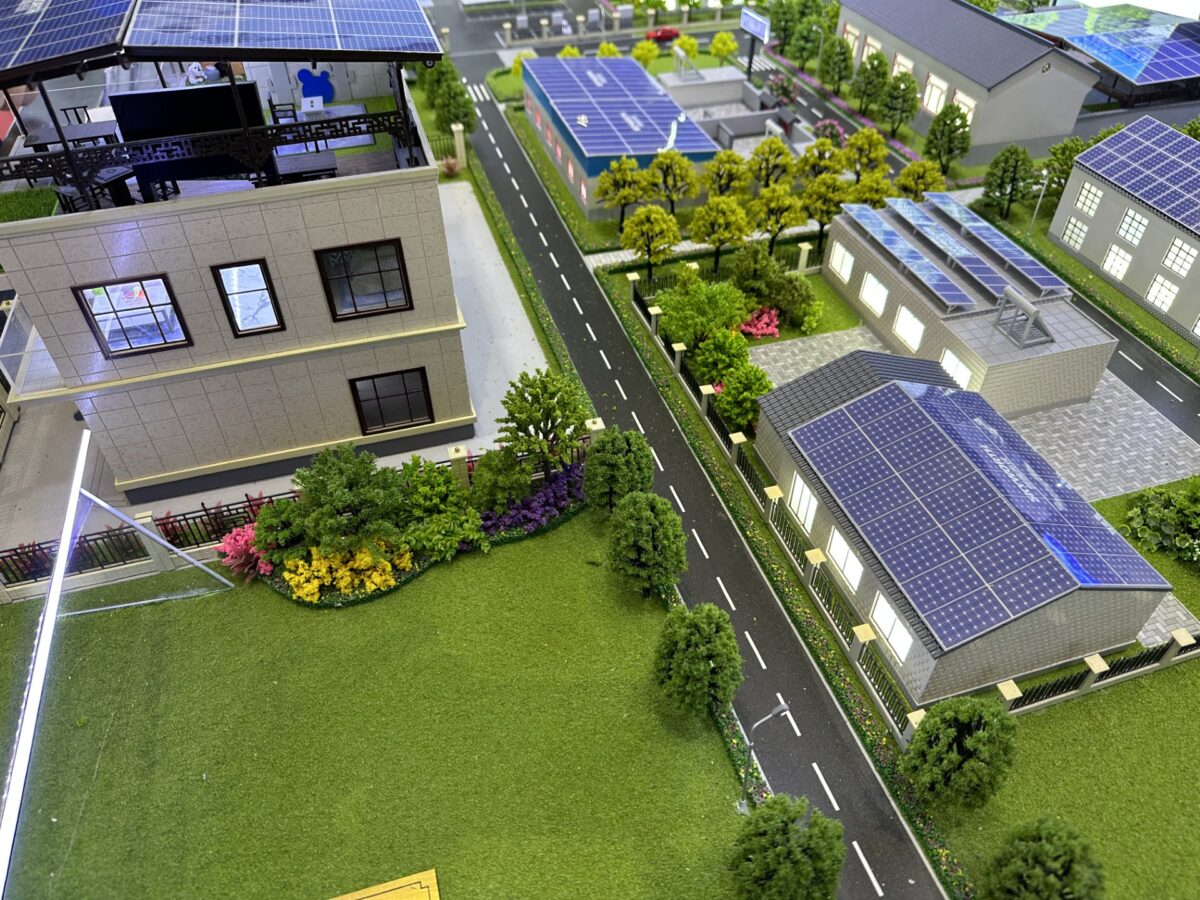Electricity is an indispensable part of daily life, powering everything from our morning coffee to our evening routines. But in recent years, the cost of keeping our homes lit and appliances running is likely higher than it’s ever been. While weather, global events, and market forces play a role, the trend is clear—electricity costs are climbing. Understanding why prices are rising and identifying solutions to reverse this trend is essential for consumers and policymakers alike.
Across the United States, more than 3,000 utilities have unique electricity rates, creating a patchwork of pricing structures. Regardless of where you live, two main factors drive what you pay for electricity: the cost of generating power and the cost of delivering it to your home, which encompasses the poles, wires, and other equipment that distribute electricity to end users. While the components themselves are straightforward, the underlying drivers of these costs tell a more complex story.
The St. Louis Fed’s Federal Reserve Economic Data shows that the cost of distributing power has increased by nearly 97% since 2003, far outpacing the cost of generation, which has risen around 69%, and inflation, which stands at 71%.
To better understand the rising costs of electricity, it’s helpful to consider a specific example. Families in California are paying some of the highest power prices in the country, contributing to a significant affordability challenge. In July of this year, the California Public Utilities Commission (CPUC) released a report analyzing rate increases, revealing that distribution costs have doubled since 2020 and are the largest driver of overall rate hikes.
Discussing the largest utility in the state, the CPUC wrote, “Roughly three-quarters of this increase in PG&E’s distribution revenue requirement is attributed to costs [including] power lines, poles, transformers, repair crews, and emergency services, as well as certain wildfire mitigation expenses aimed at grid reliability and safety, including liability insurance.” These are critical investments to maintain reliability, but there is clearly an appetite for cost-effective alternatives to traditional infrastructure.
This situation is not unique to California; similar trends are seen across many utilities nationwide. The aging distribution system requires ongoing maintenance and upgrades, and these efforts become more challenging and costly when compounded by extreme weather events and climate change. On the positive side, these investments have undoubtedly improved grid resilience and reliability. However, if other states experience similar challenges, achieving these benefits may come with a financial burden for consumers. We need a better path forward.
Technology as a Key to Affordable Energy
Fortunately, technology can offer a way out of this affordability crisis. Smart energy systems, including advanced solar panels, energy management solutions and grid-interactive tools, present a cost-effective alternative to traditional upgrades. Unlike extensive infrastructure overhauls, smart panels provide utilities and homeowners with more efficient ways to manage energy use and, ultimately, the distribution system.
Modern energy systems can also integrate seamlessly with renewable energy sources like solar panels and electric vehicle charging. This reduces strain on the grid, enhances resiliency and supports the transition to a more electrified energy future. By making energy use smarter, more efficient, and more adaptive, these technologies can help reduce costs while improving service reliability.
Harnessing Federal Support for Change
The federal government has stepped in with initiatives like home energy rebates that are part of the Inflation Reduction Act (IRA), offering substantial incentives and funding to make smart energy technologies more widely available. Despite this, many states have yet to fully embrace these opportunities. By leveraging smart panels, both consumers and utilities can lower energy costs and reduce the strain on the grid without resorting to massive, costly infrastructure projects.
Prioritizing the deployment of such technologies is not only about addressing immediate challenges—it represents a transformative shift toward a cleaner, more efficient energy landscape for future generations. Seizing this opportunity can reshape energy systems nationwide, deliver tangible savings to consumers, and make sustainable living more accessible for all.
The rising cost of electricity isn’t simply a financial issue; it’s a matter of quality of life for millions of Americans. States must act decisively, putting available federal support to work to ensure a more affordable and resilient energy future for everyone.
Achieving this vision requires a concerted effort from policymakers, utilities, and consumers. Together, we can chart a path to a resilient, efficient, and cost-effective energy future—one that supports modern living while addressing the urgent challenges of our time.
Richard Caperton is VP, Public Policy at SPAN. a home energy management provider.
The views and opinions expressed in this article are the author’s own, and do not necessarily reflect those held by pv magazine.
This content is protected by copyright and may not be reused. If you want to cooperate with us and would like to reuse some of our content, please contact: editors@pv-magazine.com.








One important key to unlock affordable reliable energy for all Americans is integrated solar parking lot canopies +stationary storage batteries +Vehicle-2-Grid Chargers shading our many large, ridiculously under utilized , hot asphalt parking lots at widely distributed (sub)urban apartments & condos, neighborhood shopping centers, business parks, and various public facilities.